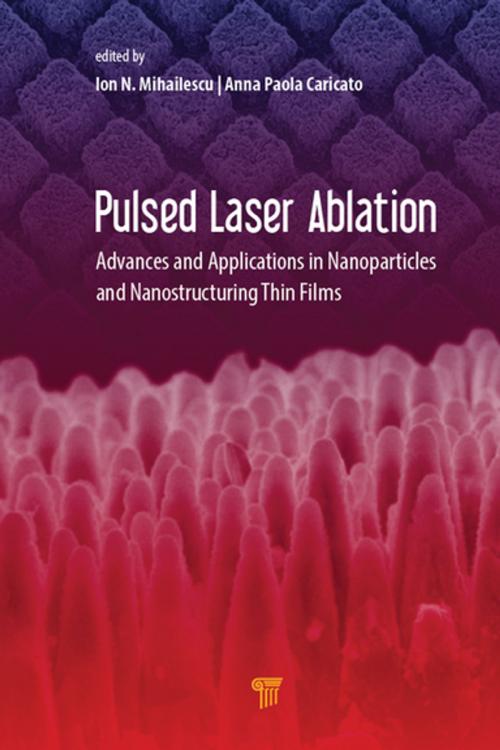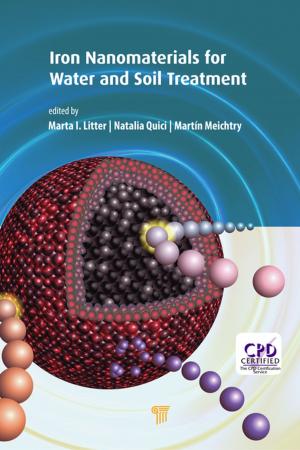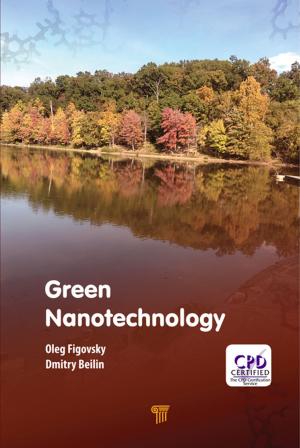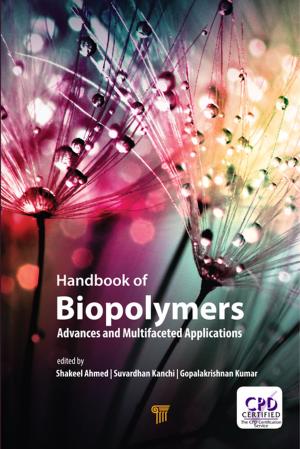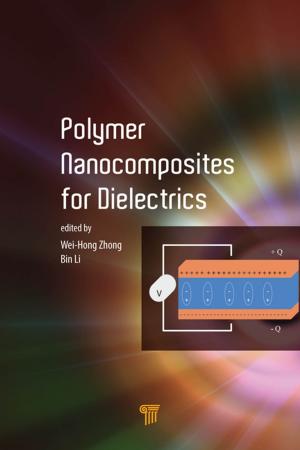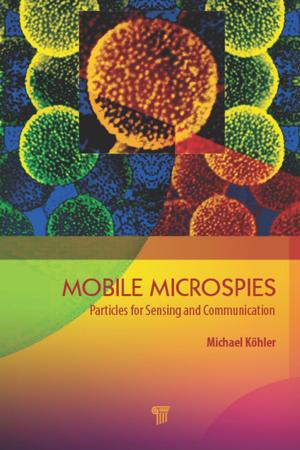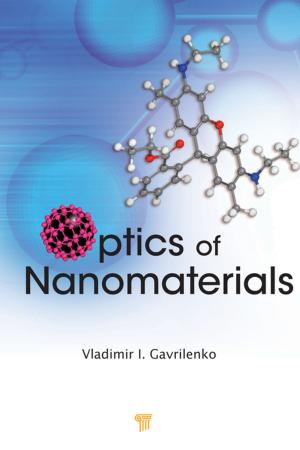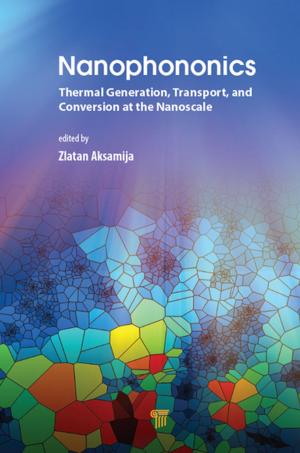Pulsed Laser Ablation
Advances and Applications in Nanoparticles and Nanostructuring Thin Films
Nonfiction, Science & Nature, Technology, Material Science, Science, Physics, General Physics| Author: | ISBN: | 9781351733526 | |
| Publisher: | Jenny Stanford Publishing | Publication: | January 9, 2018 |
| Imprint: | Jenny Stanford Publishing | Language: | English |
| Author: | |
| ISBN: | 9781351733526 |
| Publisher: | Jenny Stanford Publishing |
| Publication: | January 9, 2018 |
| Imprint: | Jenny Stanford Publishing |
| Language: | English |
Pulsed laser–based techniques for depositing and processing materials are an important area of modern experimental and theoretical scientific research and development, with promising, challenging opportunities in the fields of nanofabrication and nanostructuring. Understanding the interplay between deposition/processing conditions, laser parameters, as well as material properties and dimensionality is demanding for improved fundamental knowledge and novel applications.
This book introduces and discusses the basic principles of pulsed laser–matter interaction, with a focus on its peculiarities and perspectives compared to other conventional techniques and state-of-the-art applications. The book starts with an overview of the growth topics, followed by a discussion of laser–matter interaction depending on laser pulse duration, background conditions, materials, and combination of materials and structures. The information outlines the foundation to introduce examples of laser nanostructuring/processing of materials, pointing out the importance of pulsed laser–based technologies in modern (nano)science.
With respect to similar texts and monographs, the book offers a comprehensive review including bottom-up and top-down laser-induced processes for nanoparticles and nanomicrostructure generation. Theoretical models are discussed by correlation with advanced experimental protocols in order to account for the fundamentals and underline physical mechanisms of laser–matter interaction. Reputed, internationally recognized experts in the field have contributed to this book.
In particular, this book is suitable for a reader (graduate students as well as postgraduates and more generally researchers) new to the subject of pulsed laser ablation in order to gain physical insight into and advanced knowledge of mechanisms and processes involved in any deposition/processing experiment based on pulsed laser–matter interaction. Since knowledge in the field is given step by step comprehensively, this book serves as a valid introduction to the field as well as a foundation for further specific readings.
Pulsed laser–based techniques for depositing and processing materials are an important area of modern experimental and theoretical scientific research and development, with promising, challenging opportunities in the fields of nanofabrication and nanostructuring. Understanding the interplay between deposition/processing conditions, laser parameters, as well as material properties and dimensionality is demanding for improved fundamental knowledge and novel applications.
This book introduces and discusses the basic principles of pulsed laser–matter interaction, with a focus on its peculiarities and perspectives compared to other conventional techniques and state-of-the-art applications. The book starts with an overview of the growth topics, followed by a discussion of laser–matter interaction depending on laser pulse duration, background conditions, materials, and combination of materials and structures. The information outlines the foundation to introduce examples of laser nanostructuring/processing of materials, pointing out the importance of pulsed laser–based technologies in modern (nano)science.
With respect to similar texts and monographs, the book offers a comprehensive review including bottom-up and top-down laser-induced processes for nanoparticles and nanomicrostructure generation. Theoretical models are discussed by correlation with advanced experimental protocols in order to account for the fundamentals and underline physical mechanisms of laser–matter interaction. Reputed, internationally recognized experts in the field have contributed to this book.
In particular, this book is suitable for a reader (graduate students as well as postgraduates and more generally researchers) new to the subject of pulsed laser ablation in order to gain physical insight into and advanced knowledge of mechanisms and processes involved in any deposition/processing experiment based on pulsed laser–matter interaction. Since knowledge in the field is given step by step comprehensively, this book serves as a valid introduction to the field as well as a foundation for further specific readings.
